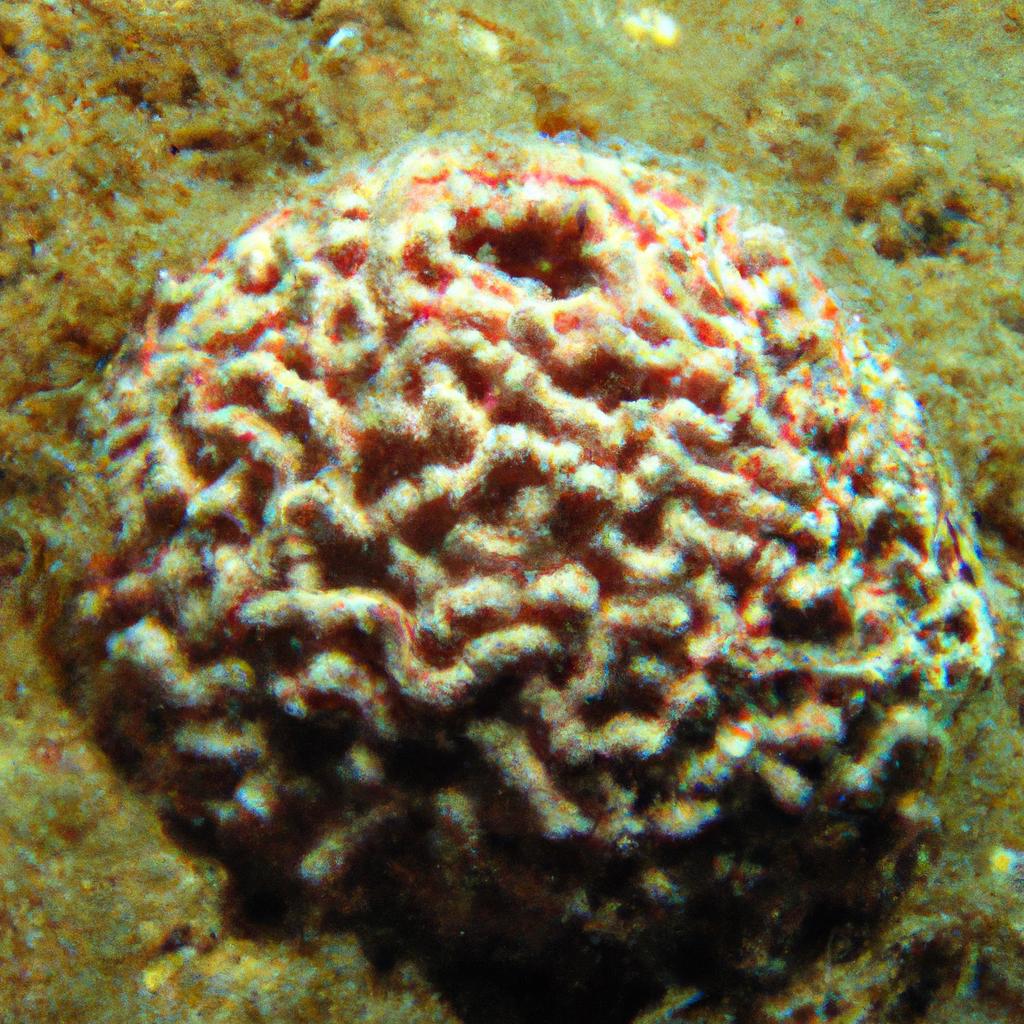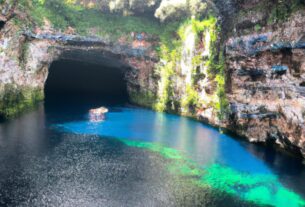If you’re a nature enthusiast or a keen viewer of mesmerizing documentaries, you might have come across the term “brinicle.” But what exactly is a brinicle? In this article, we’ll embark on a captivating journey into the world of brinicles and uncover their profound significance in our planet’s delicate ecosystem.
Definition of Brinicles
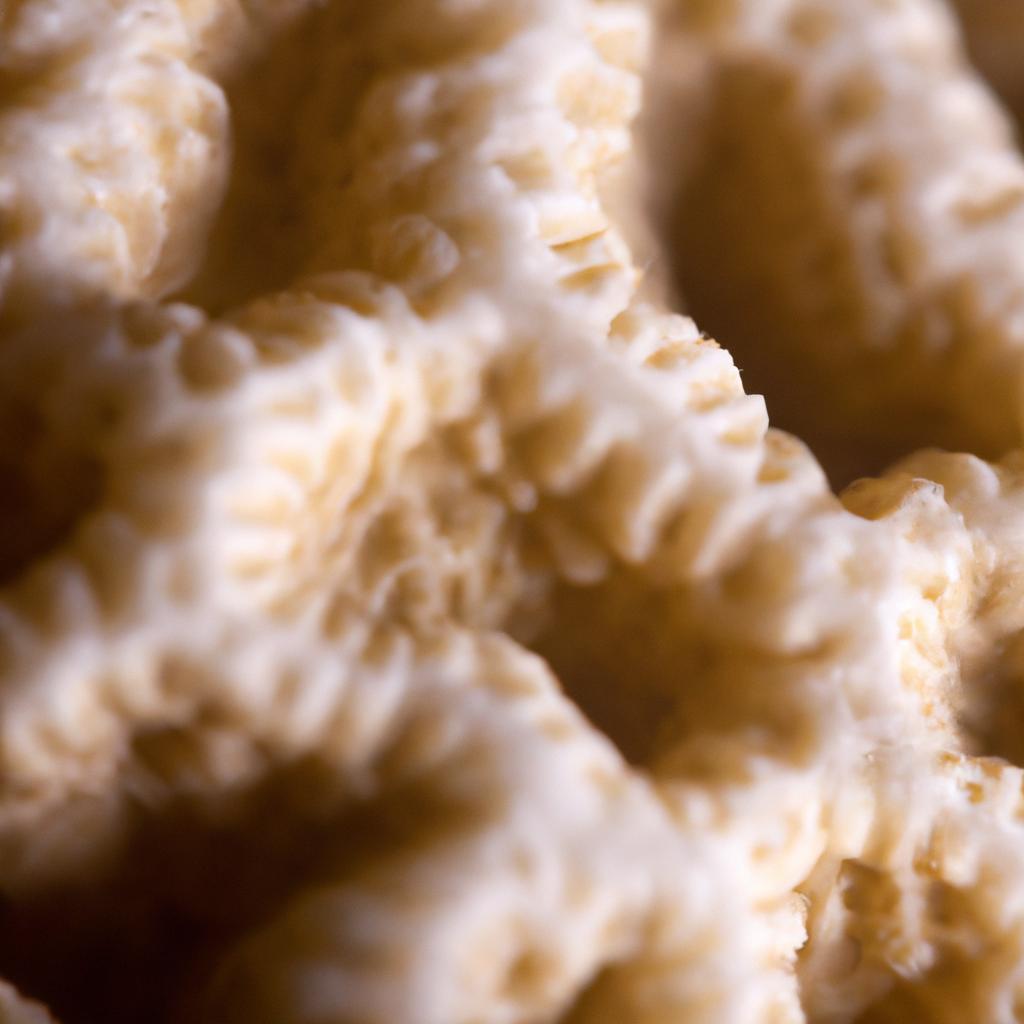
A brinicle is an underwater icicle composed of frozen, salty brine found in polar regions or the deep sea. It earned the eerie moniker “icy finger of death” due to the lethal consequences it poses to marine life.
Brief History and Discovery of Brinicles
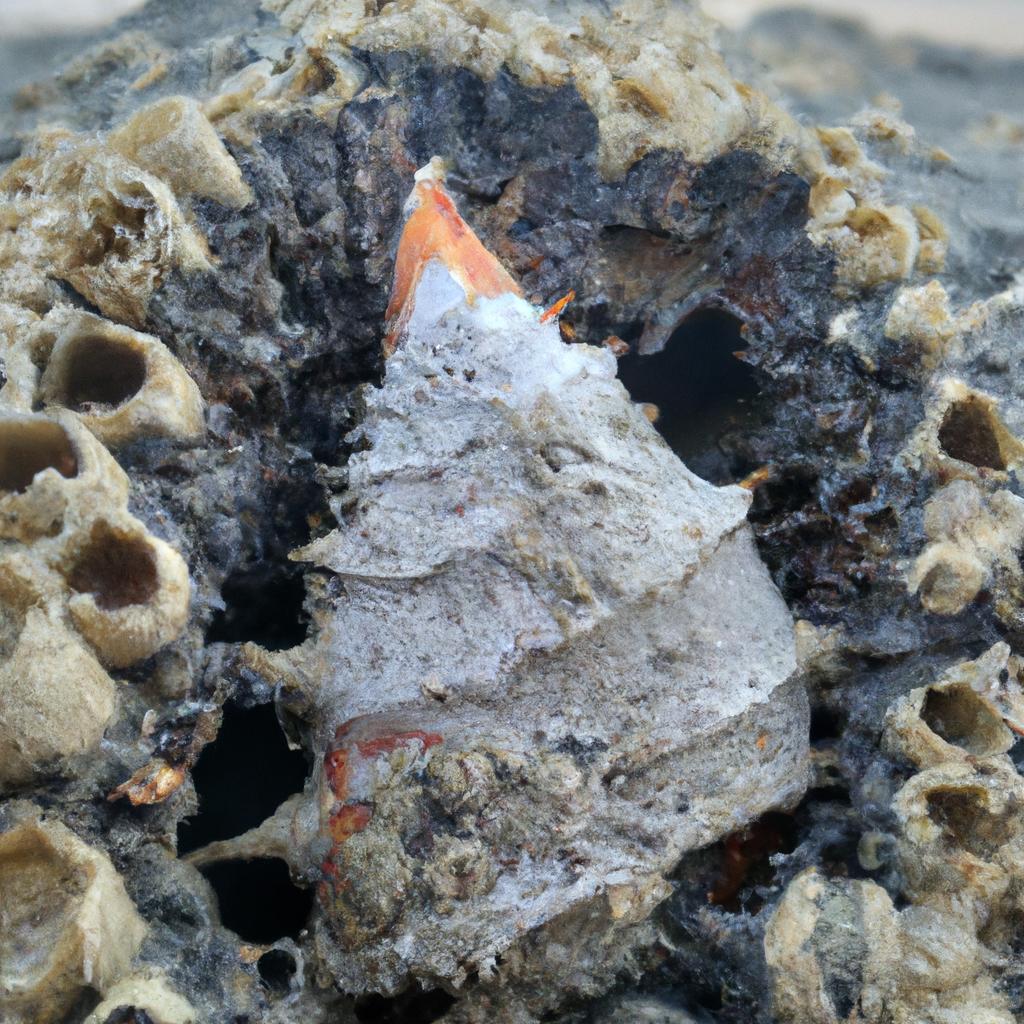
In the 1960s, a team of scientists exploring the Arctic Ocean stumbled upon a perplexing phenomenon—an ice tube growing downward from the underside of the sea ice. It wasn’t until the 1980s that researchers identified this tube as a brinicle, unraveling the mysterious nature of these icy formations.
Importance of Studying Brinicles
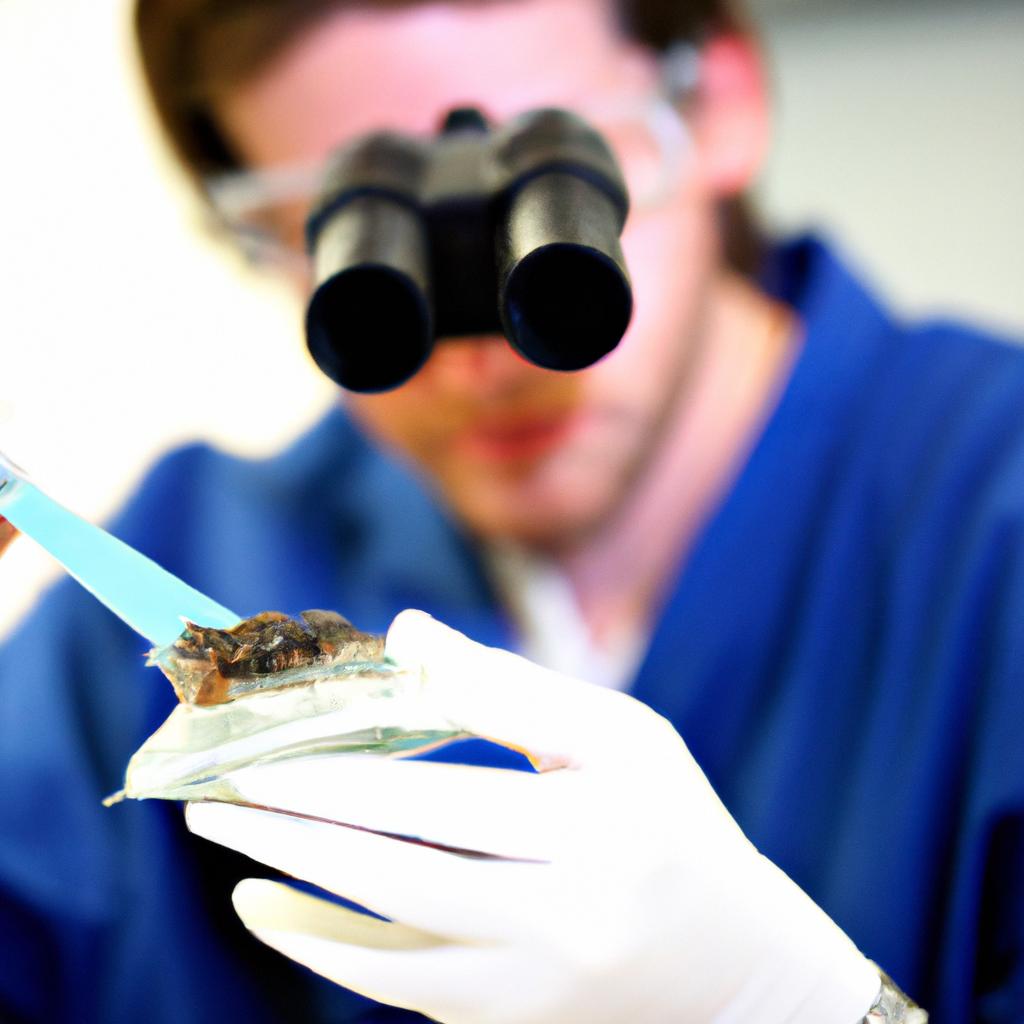
Brinicles play a crucial role in ocean circulation, a process that profoundly influences our planet’s climate. By delving into the study of brinicles, scientists gain valuable insights into the functioning of the ocean and its response to climate change. Furthermore, the exceptional physical properties of brinicles hold potential applications in diverse fields, including medicine and engineering.
Now that we have laid the groundwork, let’s plunge deeper into the formation and distinct characteristics of brinicles.
Formation of Brinicles
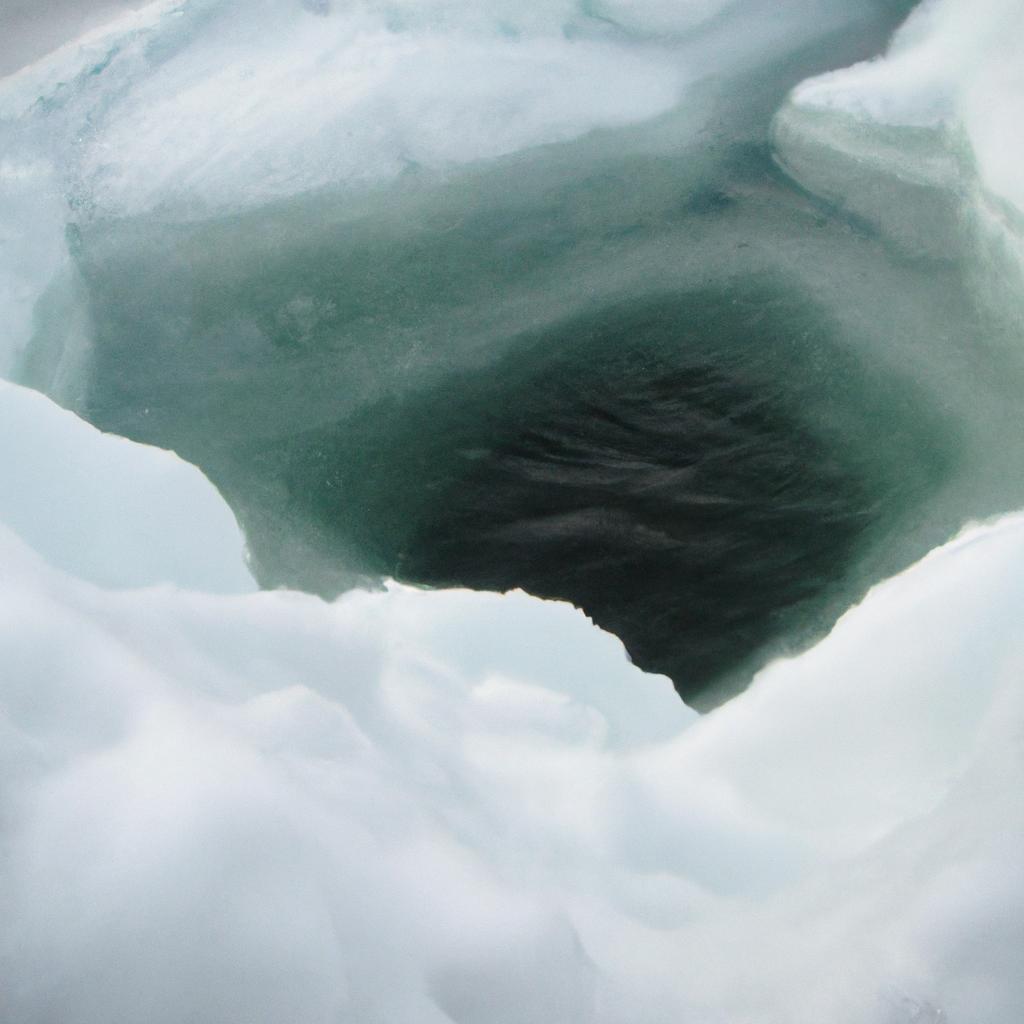
Explanation of the Process of Brinicle Formation
Brinicles come to life when a frigid, salty brine solution is released from sea ice or sediments and mingles with warmer seawater. As the brine solution encounters the warmer water, it freezes, shaping a delicate, slender tube of ice that extends downward towards the seafloor. This tube continues to grow, absorbing seawater along the way, ultimately forming a hollow column of ice.
Factors that Affect Brinicle Formation
Several factors influence the formation of brinicles, such as temperature, salinity, and water currents. In polar regions, the conditions for brinicle formation are more favorable during winter when the sea ice reaches its thickest, and water temperature plummets. On the other hand, in the deep sea, the salinity of the brine solution and the movement of water currents play pivotal roles in brinicle formation.
Comparison of Brinicle Formation in Polar Regions and Deep Sea
While the underlying process of brinicle formation remains consistent in both polar regions and the deep sea, there exist noteworthy differences. Brinicles in polar regions tend to be shorter and thicker compared to those in deep sea environments. Moreover, the salinity of the brine solution in polar regions is typically higher, affecting the freezing rate and the size of the brinicle.
Now that we have a grasp of how brinicles form, let’s explore their unique characteristics and their impact on ocean circulation.
Unique Characteristics of Brinicles
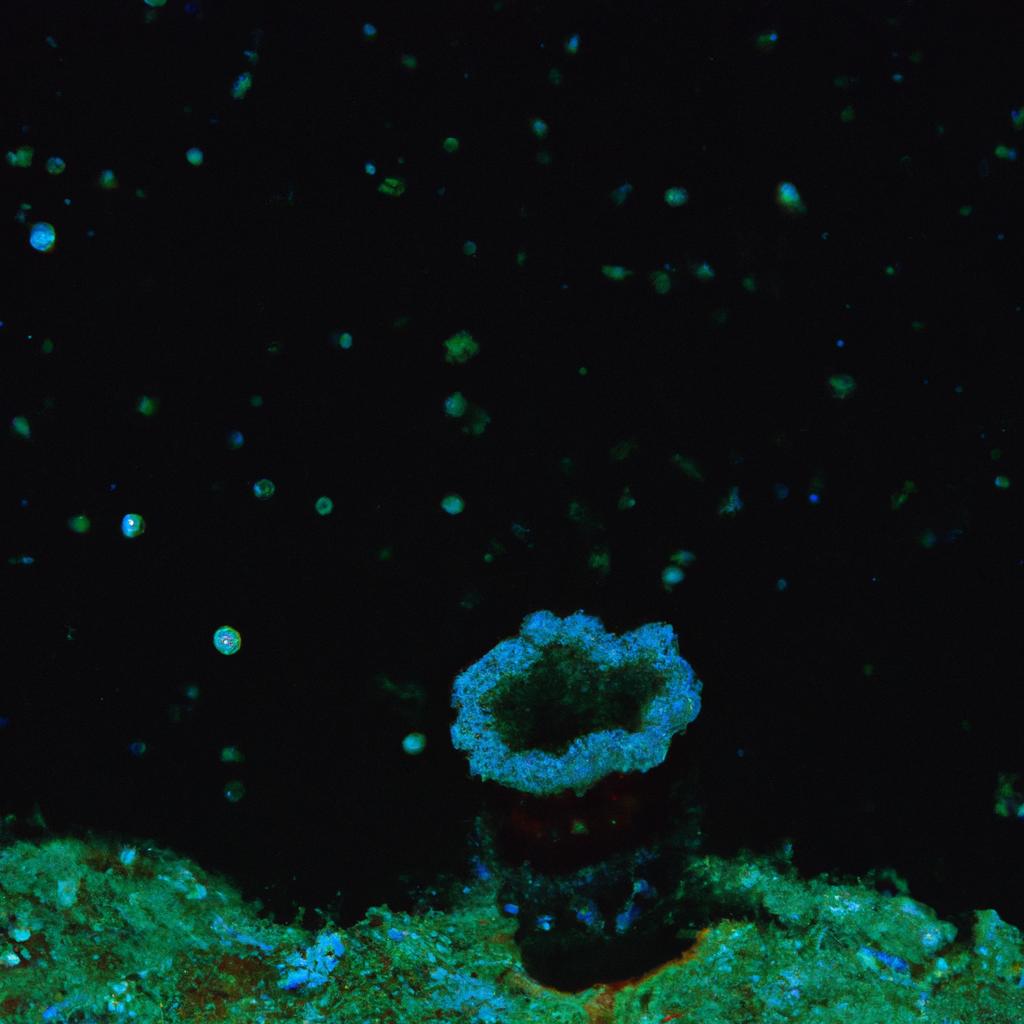
Brinicles possess distinctive qualities that captivate researchers and nature enthusiasts alike. Let’s delve into some of these characteristics:
Physical Properties of Brinicles
Brinicles consist of supercooled brine that solidifies upon contact with seawater. The frozen brine forms a hollow tube, steadily descending towards the seafloor. Enclosed within a thin layer of ice—an insulating shield—brinicles defy warm seawater, enabling their continuous growth.
With temperatures as low as minus 20 degrees Celsius, brinicles are exceptionally cold. Above that, their salt concentrations can reach up to ten times higher than seawater, conferring upon them a unique structure distinct from other types of icicles.
Role of Brinicles in Ocean Circulation
Brinicles perform a crucial task—transporting dense, chilly water from the surface to the seafloor. This process, known as “brine rejection,” fuels the global ocean conveyor belt, facilitating the circulation of heat and essential nutrients throughout the planet’s oceans.
Moreover, brinicles influence the formation of sea ice by creating a chilled seawater layer beneath it. This layer acts as insulation, sheltering the ice from the warmth beneath and allowing it to thicken and expand.
Ecological Impact of Brinicles on Marine Life
Though brinicles are a natural phenomenon, they can exert substantial ecological effects on marine life. Small organisms, like plankton and krill, fall victim to the freezing grip of brinicles, while delicate ecosystems, such as coral reefs, may suffer damage.
However, brinicles also create unique habitats for certain marine species. Sea stars and other benthic organisms find refuge within brinicles, while the dense, cold water they transport to the seafloor becomes a vital nutrient source for deep-sea organisms.
In the subsequent section, we will unravel the current research and studies on brinicles, shedding light on their potential applications.
Research and Studies on Brinicles
Brinicles still hold many mysteries that scientists tirelessly toil to unveil. Here are some areas of ongoing research:
Current Research on Brinicles
Researchers are actively investigating the physical properties of brinicles, studying their formation, growth, and melting processes. They’re also examining the ecological impact of brinicles on marine life and their intricate interactions with the surrounding environment. Furthermore, scientists are exploring the potential applications of brinicle research in diverse fields, from geology to medicine and engineering.
Methods and Techniques Used in Studying Brinicles
To unravel the secrets of brinicles, scientists employ various methods and techniques. These include underwater cameras, remote sensing technology, and laboratory experiments. Researchers collect brinicle samples and analyze their chemical composition and physical properties. Additionally, numerical models help simulate brinicle formation and predict their potential impact on the ocean and climate.
Importance of Brinicle Research in Climate Change Studies
Brinicles represent critical components in the delicate balance of salt and temperature within the ocean. This balance significantly influences ocean circulation—an intricate system that shapes our planet’s climate. By dedicating efforts to brinicle research, scientists enhance our understanding of the ocean’s response to climate change, empowering us to predict its future impact more accurately.
Now let’s explore how brinicles have left their mark in popular culture and dispel some misconceptions surrounding them.
Brinicles in Popular Culture
Brinicles, though not yet a household name, have made appearances in various forms of popular culture. Let’s delve into their depiction and address some common misconceptions.
Depiction of Brinicles in Media and Entertainment
Brinicles have been showcased in awe-inspiring nature documentaries, such as “Frozen Planet” and “Blue Planet II.” These documentaries often portray brinicles as breathtaking yet perilous ice formations capable of freezing anything in their path.
Moreover, brinicles have played a role in movies and TV shows, like “The Day After Tomorrow,” where they symbolize one of the numerous catastrophic consequences of global warming.
Misconceptions about Brinicles
Despite their portrayal in popular culture, several misconceptions about brinicles persist. For instance, some believe brinicles solely exist in the Arctic Ocean, unaware of their occurrence in the deep sea. Additionally, some wrongly attribute the demise of marine life solely to brinicles, neglecting the complex interplay of factors within ecosystems.
Role of Popular Culture in Promoting Scientific Literacy
Notwithstanding these misconceptions, popular culture plays an influential role in promoting scientific literacy and raising awareness about environmental issues. By showcasing brinicles in documentaries, movies, and TV shows, people gain insights into the consequences of climate change on our planet’s ecosystems. Popular culture also serves as a catalyst, inspiring future generations to pursue scientific careers and work towards finding solutions for environmental challenges.
In the final section, let’s summarize the key takeaways from this article and contemplate the exciting future of brinicle research.
Conclusion
In conclusion, brinicles unravel a mesmerizing natural phenomenon that captivates both scientists and nature enthusiasts. Their impact extends beyond ocean circulation, opening doors to potential applications in medicine and engineering.
Through the study of brinicles, we enhance our understanding of the intricate workings of our planet’s ecosystem and its response to climate change. As we delve deeper into the mysteries of brinicles, let us not forget the crucial importance of preserving our oceans and the wondrous marine life they harbor.
At TooLacks, we remain dedicated to providing you with the latest news and insights on all things nature-related. We hope this article has sparked your curiosity, inspiring you to embark on an exciting journey of discovery into the captivating world of brinicles.
